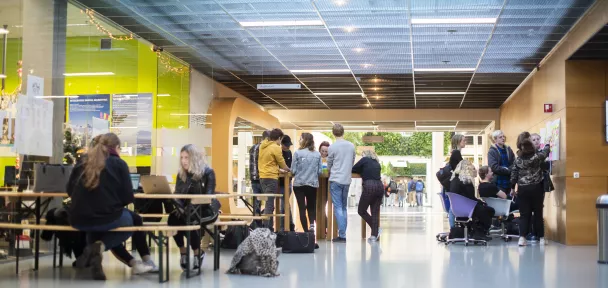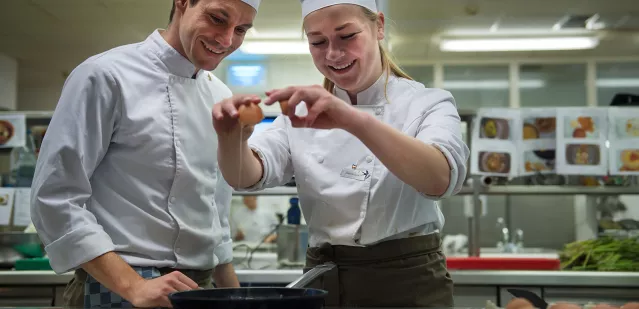
Myth 1: Local produce is always better for the environment
A product isn’t necessarily more sustainable when it comes from a local farmer. Sometimes, a product will go to a central point in the Netherlands for further distribution. That means that a cauliflower could initially come from the farmer next door, but could still have been transported to the centre of the country before being delivered to the restaurant.
Besides, a restaurant’s products aren’t always shipped from one place. It might be the case that products from different fields are required. One field doesn’t always provide sufficient produce. If the transport isn’t properly managed, it could require covering more miles than when the products had been shipped from a central distribution point.
Myth 2: Local food is inherently good for the local economy
Local factories provide job opportunities and improve the regional economy. Right? Not necessarily. Whenever produce comes from the area, it does increase job opportunities. But it doesn’t mean that the amount of money that’s spent in the region increases. Employees can also live outside the area and spend their money there. Moreover, if, for example, the factory is owned by an international group, the profits might, of course, be brought outside the region as well.
Myth 3: Local products are always made locally
In Fryslân, people are proud of their Fryske dúmkes. However, what’s the origin of the sugar or anise? In other words, is it required for local products to only use locally-produced ingredients? Guests often expect it to be the case. But is it viable?
A local product that speaks to tourists can contribute to the residents’ pride. However, tourism can also change the character of a regional product. For example, can we still consider a stroopwafel with Nutella being typically Dutch? Elena Cavagnaro: “The local culture is sometimes forced to cater to popular taste. The professorship stimulates the use of local products in hospitality, but we also think that, if you aim to increase regional sustainability, it needs to be done carefully.”
Visit the conference ‘Local Food for Vital Regions: Facts and Myths’
How do get a restaurant to use local products to be as sustainable as possible? That’s the research field of the professorship (of applied sciences) Sustainability in Hospitality and Tourism. Are you interested in the remaining myths about local food and vital regions? In that case, join us Wednesday March 27 at the conference ‘Local Food for Vital Regions: Facts and Myths’.



